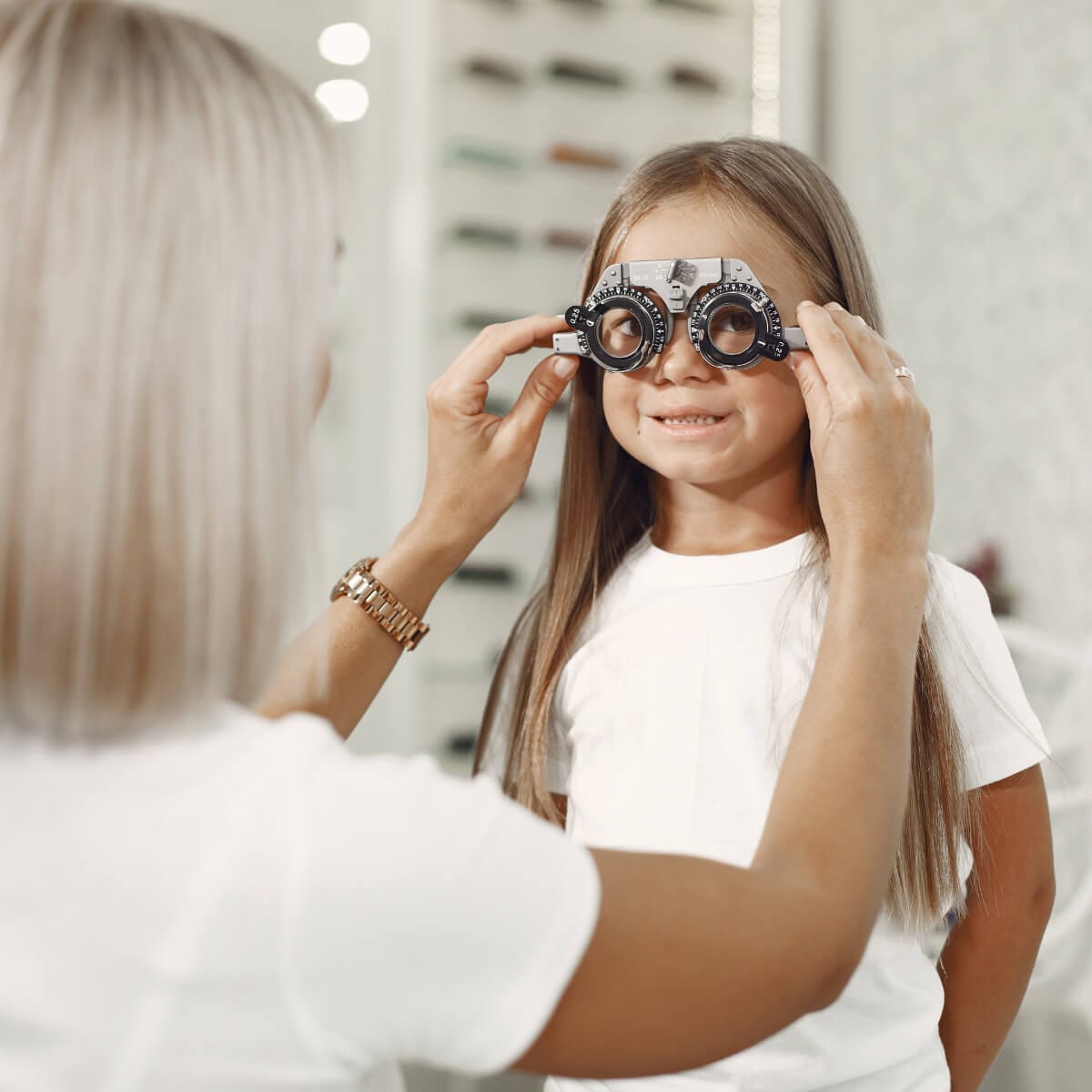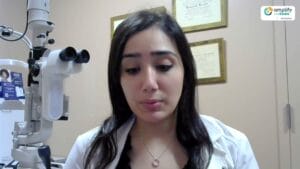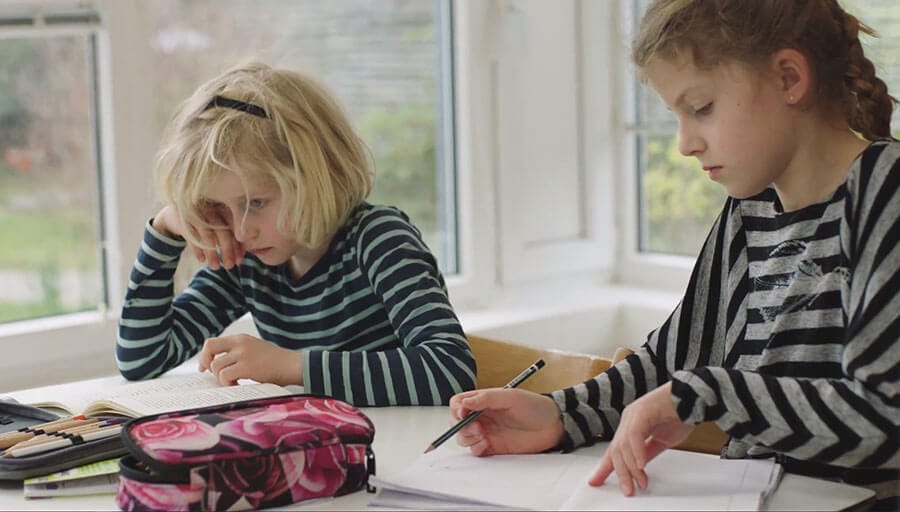Myopia is when the cornea, the front curvature of the eye, is too strong or the eyeball is too long, resulting for a person to see blurry far away. There are both genetic and environmental causes for myopia. In regards to family history, if both parents have myopia, there is a 50% chance the child will develop myopia. If one parent has myopia, there is a 33% chance the child will develop myopia. But even if neither parent has myopia there is a 25% chance the child will develop myopia. There are also environmental factors that can cause/be risk factors of myopia. For example if a person does excessive near work, spends more than 2 hours per day on digital devices, or spends less than 90 minutes a day outside, these can all increase the risk of developing myopia.














